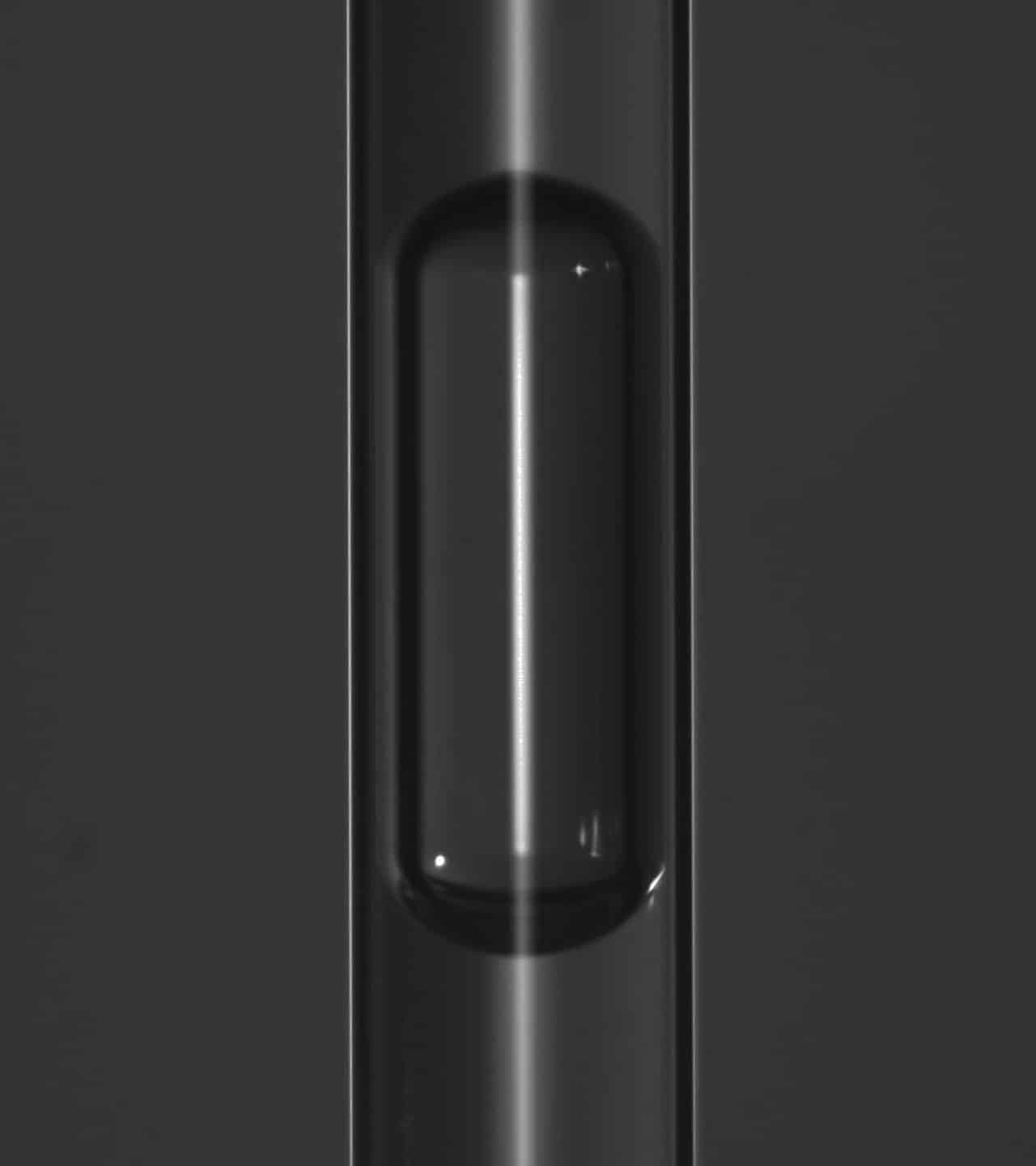Why gas bubbles in narrow vertical tubes seem to remain stuck instead of rising upwards?
Since a decade, scientists are puzzled by this question. Physicists initially observed this phenomenon almost a century ago, however, couldn’t concoct a clarification – in theory, the air bubbles shouldn’t experience any opposition except if the liquid is in motion, in this manner a stuck air bubble should experience no resistance.
Now, a Bachelor’s student from EPFL has solved this mystery. The student named Wassim Dhaouadi was able to not only view the thin film of liquid but also measure it and describe its properties – something that had never been done before. He has shown that the bubbles weren’t stuck, as scientists previously thought, but moving upwards exceptionally slowly.
Dhaouadi used an optical interference method to measure the film, which was only a few dozen nanometers (1 x 10-9 meters) thick. The technique included directing light onto an air bubble inside a narrow tube and analyzing the reflected light intensity. Utilizing the light interference reflected from the tube’s inner wall and the bubble’s surface, they correctly estimated the film’s thickness.
Dhaouadi also discovered that the film changes shape if heat is applied to the bubble and returns to its original shape once the heat is removed.
EMSI lab head, John Kolinski, said, “This discovery disproves the most recent theories that the film would drain to zero thickness. These measurements also show that the bubbles are moving, albeit too slowly to be seen by the human eye. Because the film between the bubble and the tube is so thin, it creates a strong resistance to flow, drastically slowing the bubbles’ rise.”
Dhaouadi said, “I was happy to carry a research project early in my curriculum. It is a new way of thinking and learning and was quite different from a Homework set where you know there is a solution, although it may be hard to find. At first, We did not know if there would even be a solution to this problem. Wassimmade an exceptional discovery at our lab. We were happy to have him working with us.”
The study is presented in the journal Physical Review Fluids.
